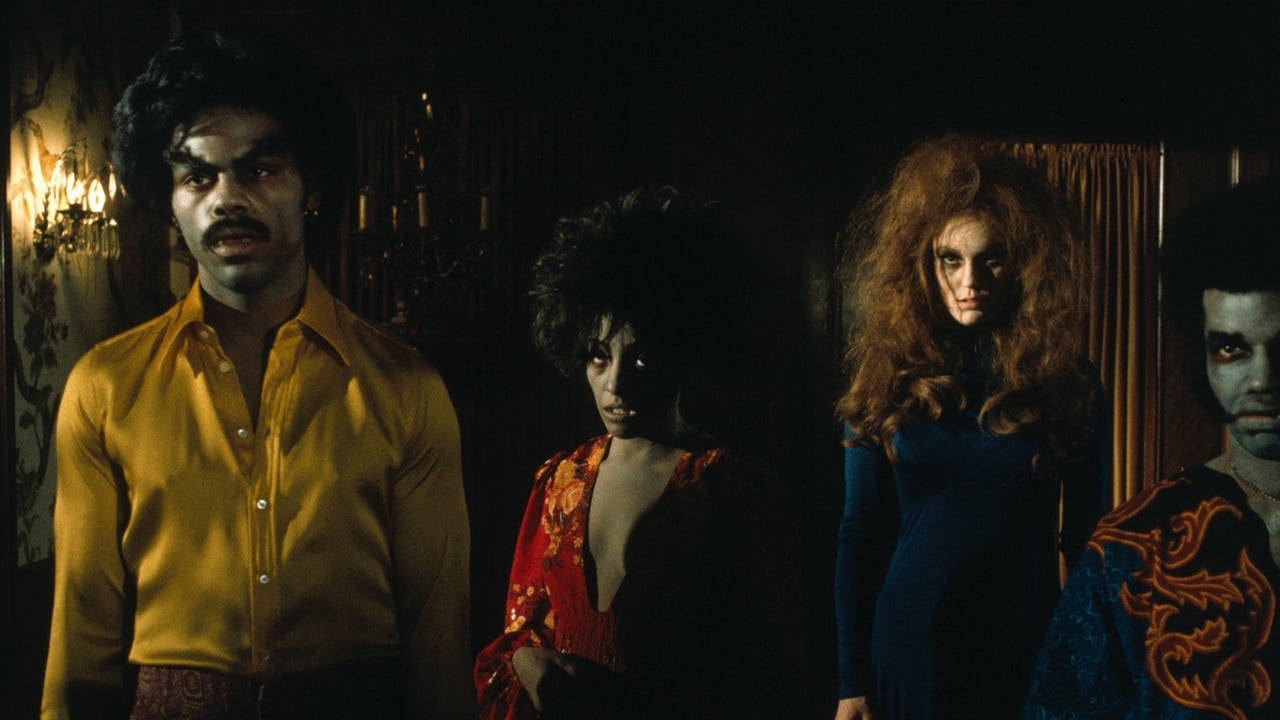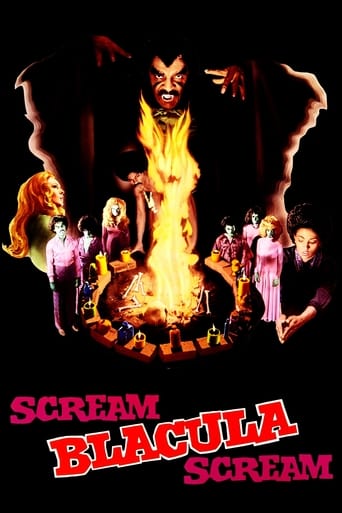

Fortunately, this cult horror movie is nowhere near as bad as its title suggests, nor is it really a blaxploitation film in the proper sense of the word, rather it is a typical reworking of the vampire genre. Here we see an African Prince of Darkness who turns up in America biting people's necks as his kind usually do, only he is not happy being cursed to walk forever in darkness, he wants out. How can he achieve this? A voodoo exorcism, and he has found the priestess he hopes will perform it, if he can convince her not only that he could never harm her but that he is really a thoroughly decent chap who has no free will. How can it not be so if he despises what he does? This is in stark contrast to the pleasure he exhibits when murdering a couple of pimps, but heck, if you call the guy a faggot, what else can you expect?There are complications of course, and these are entirely of his own making, he has left so many bodies in such a small geographical area in such a short period of time that even the Keystone Cops would figure out something big was happening in that mysterious house in the 'hood. The final scene sees the police turning up at the house to do battle with the powers of darkness, but this isn't so much a shoot-out as a stake-out. All good clean fun, but if this one scares you, whatever you do, don't watch "The Omen".
... View MoreBlacula is back! And this film is just as good as the original, in my opinion. It delves into the world of the occult: voodoo. When we last saw Mamuwalde (Blacula) he was melted or burned by the sun but he is resurrected by a voodoo priest for revenge. Of course Blacula turns the priest into his own slave - reflective of Dracula's we've seen before with both Lugosi and Lee's Dracula.I think the scariest scene in this film was with Gloria the Vampire and Lisa. Gloria's whispering calls to Lisa will send chills down your spine and what happens is just as chilling. (My favorite scene in the film).Yes this is a really good vampire film. Don't worry if the movie is politically correct or not - forget politics and enjoy a good vampire flick - the movie is meant to entertain.8/10
... View MoreAn interesting and, dare I say it, better-then-the-original follow-up to Blacula. Where the first was essentially set-up, this is dynamite pay-off. William Marshall and his team of phantom vampires are generally creepy this time (thanks to a director who's been there before) and the story presents an interesting take on the vampire story with Voodoo elements combined. Pam Grier is an expert on the occult, and agrees, with some heavy reservations mind you, to take on Mr. Blacula and tries to rid his little problem with the help of voodoo dolls! If this sounds silly, it probably is, but it's presented quite interestingly and with a lot of style that the cheesiness isn't too obvious. Quite a little surprise.
... View MoreI just bought "Scream, Blacula, Scream" from '73 at Wal-Mart for $5.00 dollars. I LIKE IT! I already bought the original Blacula several years ago but, I had never seen the sequel until today. I thought it was done rather well. I fully enjoyed the film. William Marshall is VERY convincing as a scary vampire who is evil as sin. In a way, two films of this nature is enough for William Marshall; no need to drag-it-out and over-stay your welcome. I feel two movies was enough. In considering that the film is that of the early 70s with little special effect abilities, I still say it was done well enough for any horror fan to admire. I am STOKED that I bought this DVD.. Prince Mamuwalde / Count Blacula is kool... He's a strange, scary dude... Cheers....MR.BILL, RaleighNOTE:I do, however, think that the ending scene in the original film was more satisfying than that of the sequel...
... View More